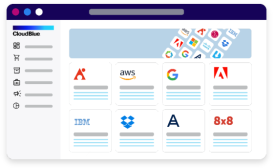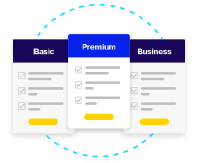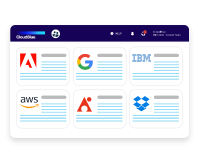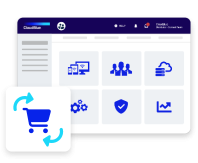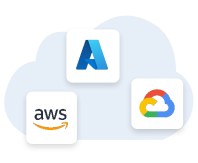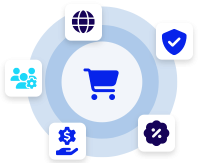Price anchoring is a cognitive bias that refers to the tendency of individuals to rely heavily on the initial piece of information (the “anchor”) when making judgments or decisions. This initial information influences the perception of value and affects subsequent judgments about what is considered a reasonable price.
In SaaS (Software as a Service), price anchoring can be a pricing strategy used by companies to influence customers’ perception of value and encourage them to select a particular pricing tier or plan. Here’s how it works:
- Presenting multiple options: SaaS providers often offer different pricing tiers or plans with varying features and price points. By presenting multiple options, they provide a range of choices for customers to consider.
- Establishing an anchor: The SaaS provider strategically sets one of the pricing tiers as the anchor, which is usually the middle or high-end plan. This anchor serves as a reference point for customers when evaluating the other options.
- Manipulating perception of value: By placing a higher-priced plan as the anchor, the SaaS provider can create a perception of greater value for the other plans that are priced lower. Customers tend to compare the other options against the anchor and perceive them as more affordable or advantageous.
- Driving customers towards a specific option: The SaaS provider aims to steer customers towards selecting a particular pricing tier or plan that offers the best balance of features and price. By anchoring the pricing, they influence customers’ decision-making and increase the likelihood of selecting the desired option.
The goal of price anchoring in the SaaS industry is to guide customers towards selecting a plan that maximizes the perceived value and aligns with their needs, while also generating revenue for the provider. However, it’s essential for companies to ensure that the pricing remains fair and transparent, without exploiting customers’ cognitive biases.

